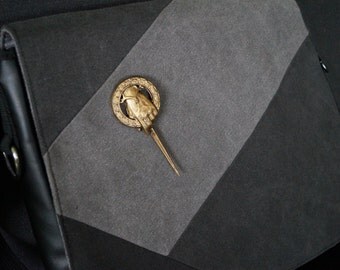
A partially pinned piece can break its own pin by capturing the pinning piece however, this can still be advantageous to the pinning player, as in the example diagram (the pinning rook is defended, so capturing it with the queen would lose material).Ī queen can only ever be partially pinned, as it can move in any linear direction. If a rook or queen is pinned along a file or rank, or a bishop or queen is pinned along a diagonal, the pin is a partial pin: the pinned piece can still move along its line but cannot leave that line. Since the black queen is pinned to the black king by the white rook, the queen cannot move off the e-file. It is like a skewer, but in a skewer, the more valuable piece is the one under direct attack. Any piece can be pinned except the king, since the king must be immediately removed from check under all circumstances. Only pieces that can move an indefinite number of squares in a horizontal, vertical, or diagonal line (i.e.

Moving the attacking piece to bring on the pin is called pinning the defending piece so restricted is described as pinned. In chess, a pin is a chess tactic in which a defending piece cannot move without exposing a more valuable defending piece on its other side to capture by the attacking piece.

Please help improve this article by adding citations to reliable sources. This article needs additional citations for verification.


 0 kommentar(er)
0 kommentar(er)
